The SolidWorks Practice Exam is a crucial step for engineers and students preparing for CSWA (Certified SolidWorks Associate) or CSWP (Certified SolidWorks Professional) certification. This exam challenges your ability to efficiently create parametric models, apply materials, extract properties, and interpret technical drawings within a time-constrained environment.
For those looking to refine their CAD skills and workflow efficiency, this practice exam serves as an excellent benchmark to assess your readiness before taking the actual certification.
The exam consisted of nine questions, which needed to be completed in 90 minutes. These questions covered various aspects of SolidWorks, including basic tool functions, parametric modeling, and material property calculations. Initially, I felt confident in my approach, but as I progressed, I found that my strategy of minimizing extrusions was not as beneficial as I had hoped. I spent too much time troubleshooting issues that arose from trying to condense multiple features into a single operation. This approach, while useful in some scenarios, proved to be a drawback in a timed environment where completion mattered more than perfection.
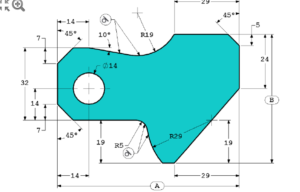
During the exam, I could complete four out of the nine questions, while also making partial progress on another. The first two questions were relatively simple, focusing on the application of specific SolidWorks tools.
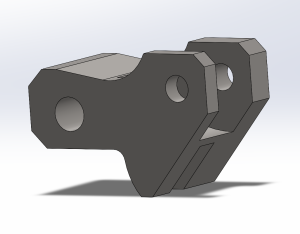 However, the remaining questions involved complex modeling tasks, where I needed to interpret technical drawings to create accurate representations carefully. I completed two models, ensuring that all dimensions and material properties were correctly assigned. However, on the last model I attempted, I ran out of time after rushing to apply an extrude feature, preventing me from finalizing the design.
However, the remaining questions involved complex modeling tasks, where I needed to interpret technical drawings to create accurate representations carefully. I completed two models, ensuring that all dimensions and material properties were correctly assigned. However, on the last model I attempted, I ran out of time after rushing to apply an extrude feature, preventing me from finalizing the design.
One of the biggest challenges I faced was managing my time effectively. The exam required not only technical proficiency but also the ability to prioritize tasks wisely. I found myself spending too much time perfecting certain details rather than ensuring that I completed all required models. Additionally, external distractions played a role in slowing me down. I took multiple breaks due to family interruptions, which disrupted my focus and further impacted my ability to complete all the questions. This experience reinforced the importance of taking the exam in a distraction-free environment to simulate real test conditions and maximize efficiency.
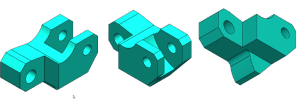
Another key challenge was interpreting technical drawings. Some drawings provided in the exam were not as straightforward as I had expected. Certain dimensions were unclear, requiring extra time to analyze how features related to each other. In contrast, other drawings included excessive detail, making it difficult to determine which properties were most critical to the design. This experience highlighted the need for strong technical drawing interpretation skills, as misreading dimensions can lead to errors in the final model. Moving forward, I plan to focus on improving my ability to quickly and accurately extract relevant information from engineering drawings.
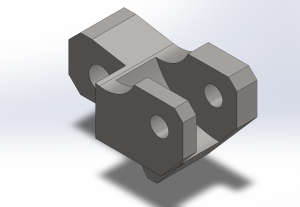 Despite these challenges, the SolidWorks Practice Exam proved to be an invaluable learning experience. It provided insight into real-world design challenges, reinforcing the importance of balancing speed, accuracy, and problem-solving skills in CAD modeling. I also gained a better understanding of how SolidWorks tools and shortcuts can be used to improve workflow efficiency. One crucial lesson I learned was to avoid making unnecessary configuration changes before an exam. Adjusting toolbars or modifying settings can lead to delays when searching for commonly used features, which ultimately wastes valuable time. Sticking to a familiar setup ensures a smoother workflow and allows for faster design execution.
Despite these challenges, the SolidWorks Practice Exam proved to be an invaluable learning experience. It provided insight into real-world design challenges, reinforcing the importance of balancing speed, accuracy, and problem-solving skills in CAD modeling. I also gained a better understanding of how SolidWorks tools and shortcuts can be used to improve workflow efficiency. One crucial lesson I learned was to avoid making unnecessary configuration changes before an exam. Adjusting toolbars or modifying settings can lead to delays when searching for commonly used features, which ultimately wastes valuable time. Sticking to a familiar setup ensures a smoother workflow and allows for faster design execution.
Key Takeaways from the Exam
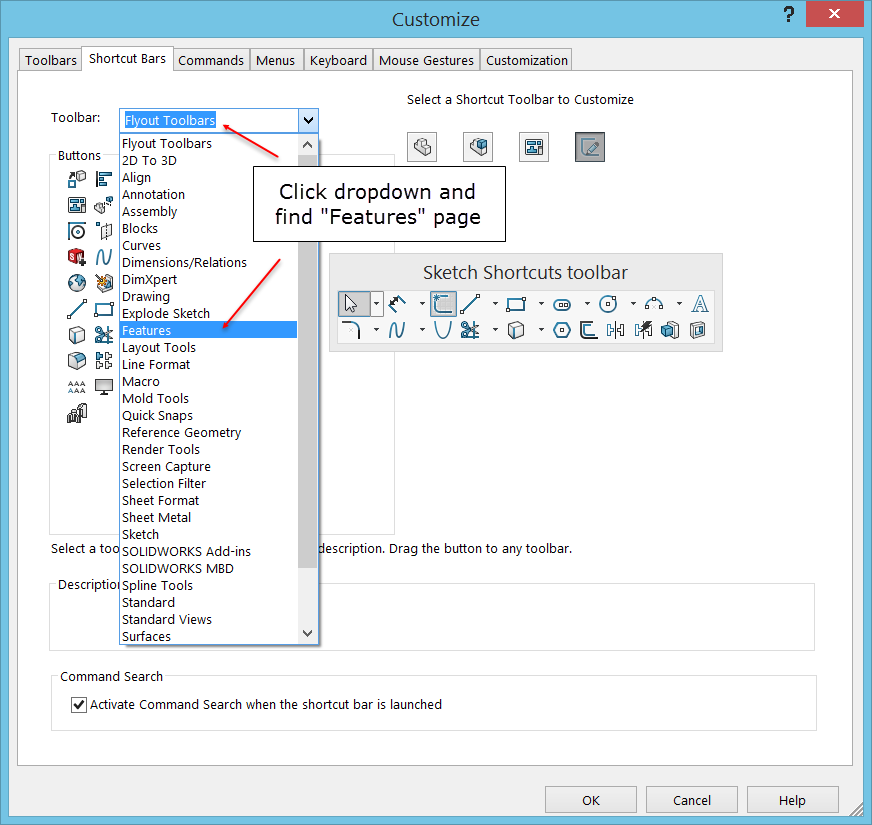 One of the most important takeaways from this experience is the importance of time management. The 90-minute limit passes quickly, making it essential to allocate time wisely across all questions. A better approach would have been to prioritize easier questions first to maximize points before moving on to more complex modeling tasks. Additionally, I realized that while minimizing the number of extrudes and cuts can be helpful, over-optimizing can sometimes hinder progress. In many cases, using several simple features is more efficient than attempting a complex operation that might take longer to troubleshoot.
One of the most important takeaways from this experience is the importance of time management. The 90-minute limit passes quickly, making it essential to allocate time wisely across all questions. A better approach would have been to prioritize easier questions first to maximize points before moving on to more complex modeling tasks. Additionally, I realized that while minimizing the number of extrudes and cuts can be helpful, over-optimizing can sometimes hinder progress. In many cases, using several simple features is more efficient than attempting a complex operation that might take longer to troubleshoot.
Another major takeaway is the need for strong technical drawing interpretation skills. Some of the drawings included abstract or ambiguous details, requiring extra time to decipher. Before beginning any model, it is crucial to carefully review the provided dimensions and relationships between features. Misinterpreting a single dimension can result in major errors, making it difficult to complete the model correctly. In a professional setting, this skill is just as important as knowing how to use CAD software itself, as engineers often work with complex technical drawings in real-world projects.
Finally, familiarity with SolidWorks tools and interface settings is crucial for efficiency. A key mistake I made was spending too much time adjusting and searching for tools. Before taking any timed exam, it is beneficial to review tool shortcuts and practice using the default interface to ensure a seamless workflow. Changing tool configurations before an exam can slow down progress, as it takes time to adjust to new settings.
Final Thoughts
Overall, the SolidWorks Practice Exam was a valuable experience that reinforced the importance of time management, efficiency, and problem-solving in CAD modeling. While I encountered challenges, they provided valuable lessons that will help me improve in future modeling tasks. This exam served as a strong real-world simulation, where the ability to work quickly and accurately under pressure is just as important as technical knowledge.
For anyone preparing to take this exam, I highly recommend reviewing SolidWorks tools, practicing technical drawing interpretation, and taking the test in a distraction-free setting. Even though this was just a practice exam, it provided a solid benchmark for understanding my strengths and weaknesses. Performing well on this test could indicate that taking the full SolidWorks certification exam is a worthwhile investment. While the process was challenging, I found it rewarding and see it as a stepping stone toward greater proficiency in CAD modeling.
This experience has motivated me to continue refining my SolidWorks skills and applying what I’ve learned to future projects.
Setzer, J. (2015, August 15). SOLIDWORKS shortcut bar quick tip: Adding feature tools to your sketch shortcut bar. GSC. https://www.gsc-3d.com/blog/solidworks-shortcut-bar-quick-tip-adding-feature-tools-to-your-sketch-shortcut-bar/
